
Loading. Please wait.

Loading. Please wait.
If you’re a man or woman approaching middle age (or you’re already there), you’ve probably noticed that life is a little different after 30. Things begin to change slowly but build momentum with every birthday you check off the calendar. Gone are the days when you could roll out of bed bright-eyed and bushy-tailed after a long night of libations.
Getting older definitely has its perks, but if you’re like most adults, you’ll begin to notice symptoms that affect your day-to-day life with increasing frequency. Some signs, like hair loss, are embarrassingly obvious and make you want to retreat into a hole. Other symptoms, like joint and knee pain, restrict your ability to be active, creating a snowball effect that can leave you out of shape and even depressed. In the past, the average adult would push through these signs and symptoms creating a constant battle with diminishing returns. Those lucky enough to undergo treatment for hair loss and joint pain had to undergo harsh invasive surgeries with long recovery times and addictive pain relievers.
The good news? Those days are all but over.
Today, men and women of all backgrounds are reclaiming their youth with simple, regenerative therapies that are applied in a doctor’s office. If you’re suffering from hair loss or joint pain, hope may be on the horizon. The best part is that you won’t have to put strange substances in your body to achieve success – the key ingredient is coursing through your veins as you read this article.
This revolutionary breakthrough is called platelet-rich plasma treatment, or PRP treatment for short. PRP for hair loss and joint pain is revolutionizing the medical industry and may eliminate the need for surgery or pain meds.
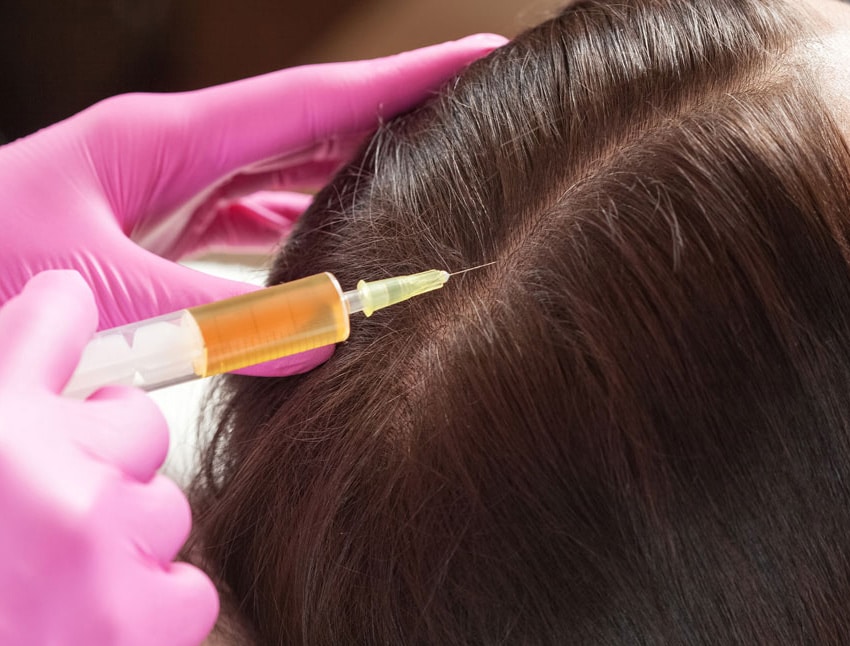
Platelet-rich plasma consists of two elements: plasma, or the liquid part of your blood, and platelets, which help heal your body from a litany of ailments and injuries. Perhaps most well-known for their ability to clot blood, platelets are also rich with growth factors that foster cell growth and tissue regeneration in damaged areas of your body. Simply put, platelet-rich plasma is blood with a higher concentration of platelets than normal blood samples.
The growth factors in plasma essentially act as messengers, sending signals to amplify your body’s natural ability to heal through cell growth. To create platelet-rich plasma, doctors must take a sample of a patient’s blood to begin the PRP treatment process.
As with any procedure that affects your health, careful attention to detail and a time-tested process are used in PRP therapy. Typically, there are three steps in the PRP process:
Historically, doctors used PRP treatments to help athletes recover quickly from joint and tendon injuries. Today, everyday people are using PRP treatments not only for knee pain but also for hair growth.
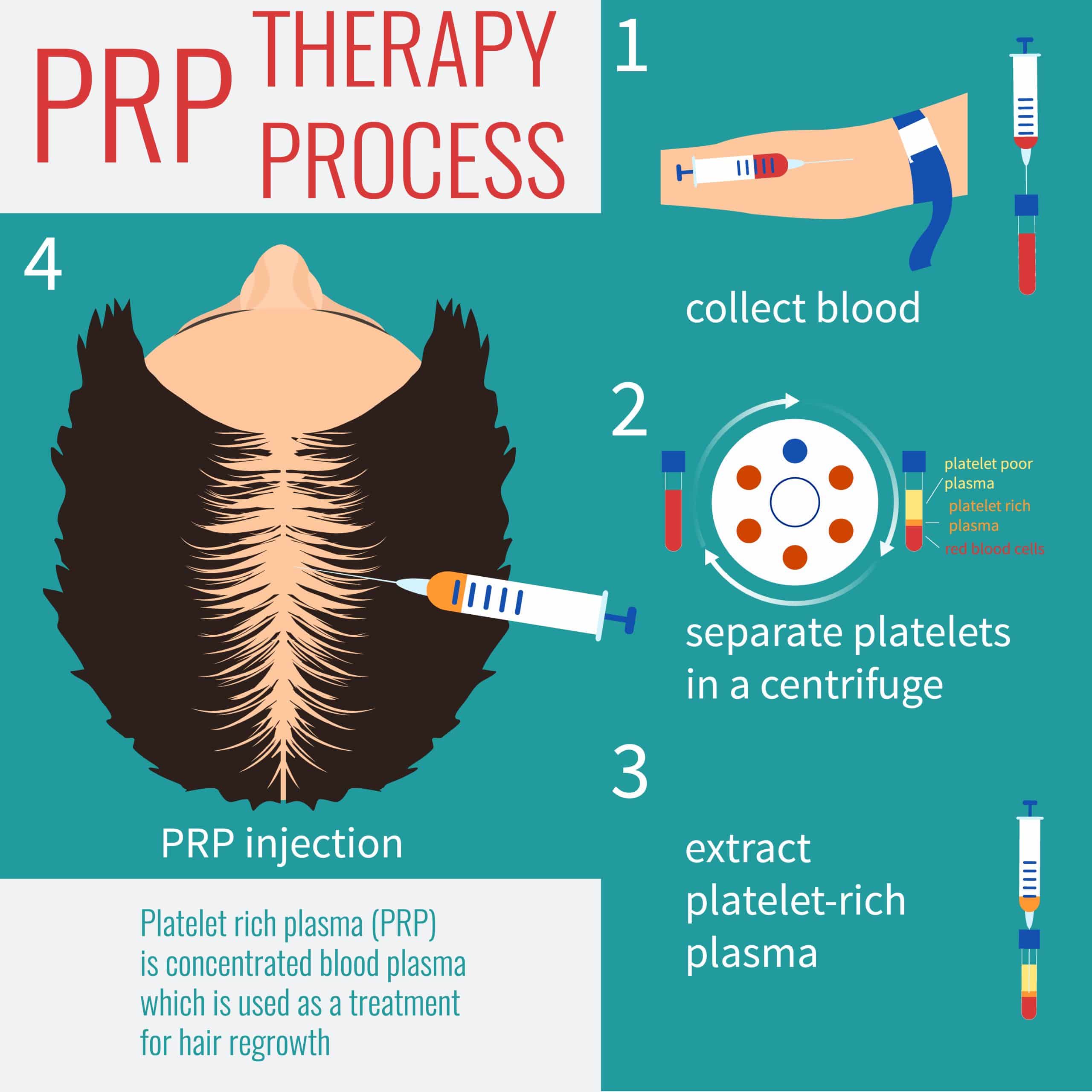
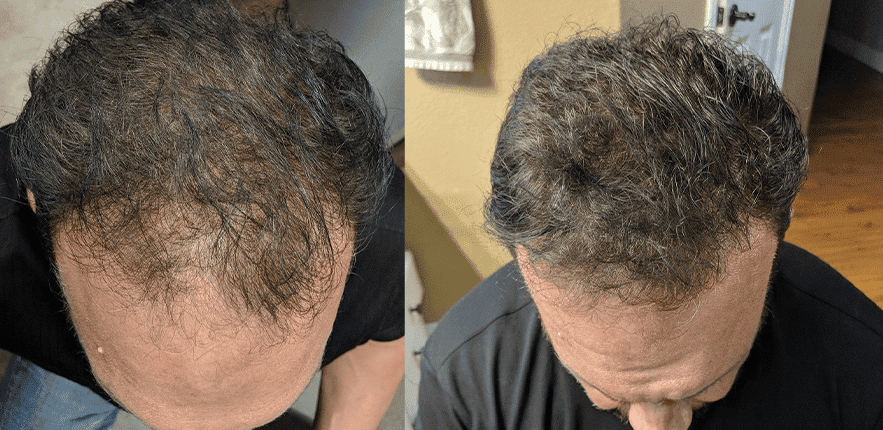
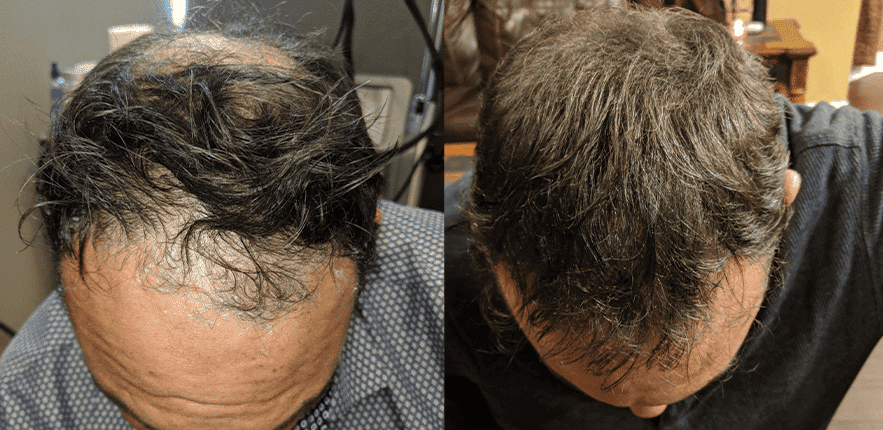
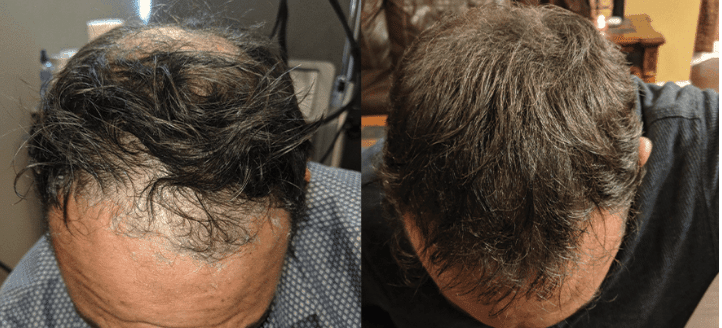
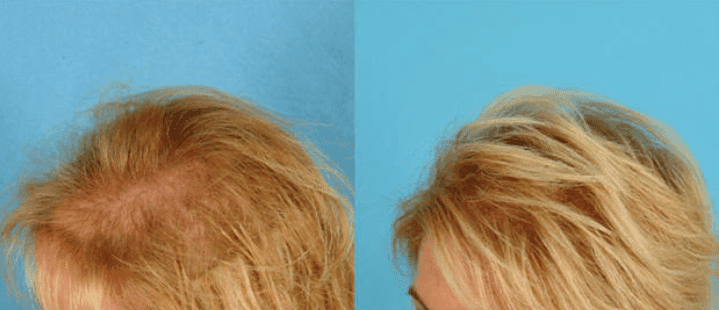
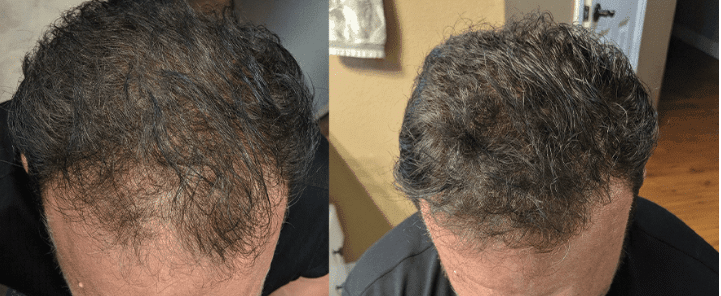
The great thing about PRP treatments for hair restoration is that you’re using your own blood to help stimulate hair growth. You don’t have to worry about painful, pricey hair transplants or strange gels containing harsh chemicals. With PRP treatments you’ll be regrowing your hair naturally, using your body’s inherent power to generate hair follicle growth.
However, to understand how PRP works for hair loss, we must first understand why hair loss occurs.
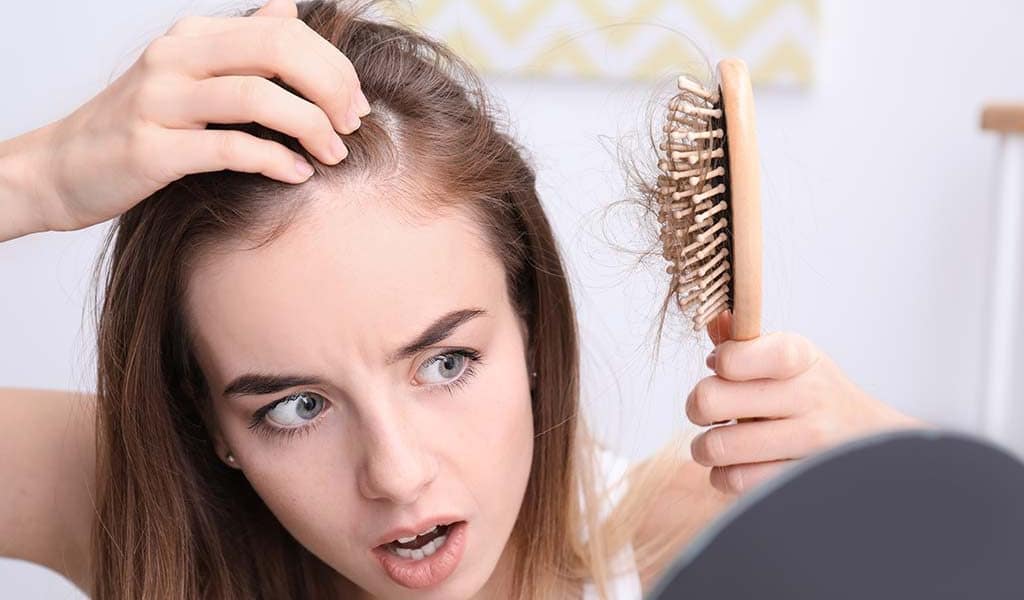
Every strand on your head goes through three phases. The first phase, also called the anagen phase, occurs when hair growth is active. This phase can last up to seven years, depending on the patient.
Once the anagen phase is over, your body begins the catagen transition phase. The catagen phase is very short and only lasts a couple of weeks. Once complete, your hair goes through the third stage called the telogen or resting phase. This final step occurs before you shed hair and lasts for a few months.
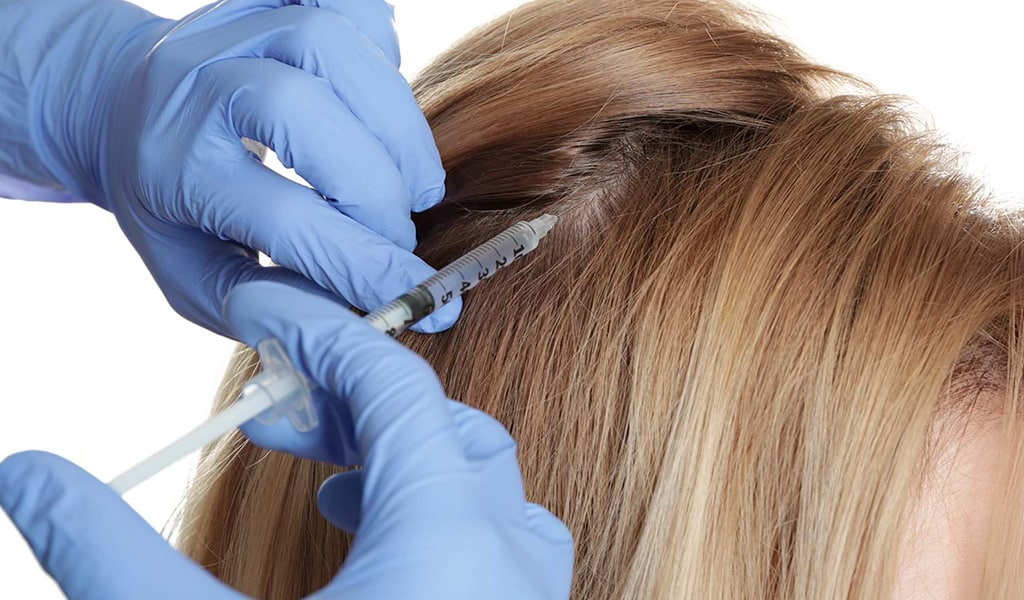
PRP treatment for hair loss works by injecting PRP into the scalp during the growth phase of your hair cycle. This practice may cause your hair to grow for longer periods of time, giving it a thick, luxurious appearance. Because inactive hair follicles may be stimulated by the growth factors and proteins found in PRP, you can think of PRP as an alarm for your hair because it awakens sleeping follicles.
PRP treatments for hair loss typically take 15-20 minutes, meaning you can get right back to your day with minimal recovery time and pain. Most people experience the full effects of PRP after three to six months.
Your body’s joints, like your knees and elbows, help you move through life every day. However, as we grow older, joint stiffness and pain become more prevalent. That’s especially true if you played contact sports as a young adult. But just because you’re getting older doesn’t mean you have to settle for a sedentary life with achy knees and joints. PRP therapy is giving adults around the country a chance to reclaim their youth and live pain-free lives.
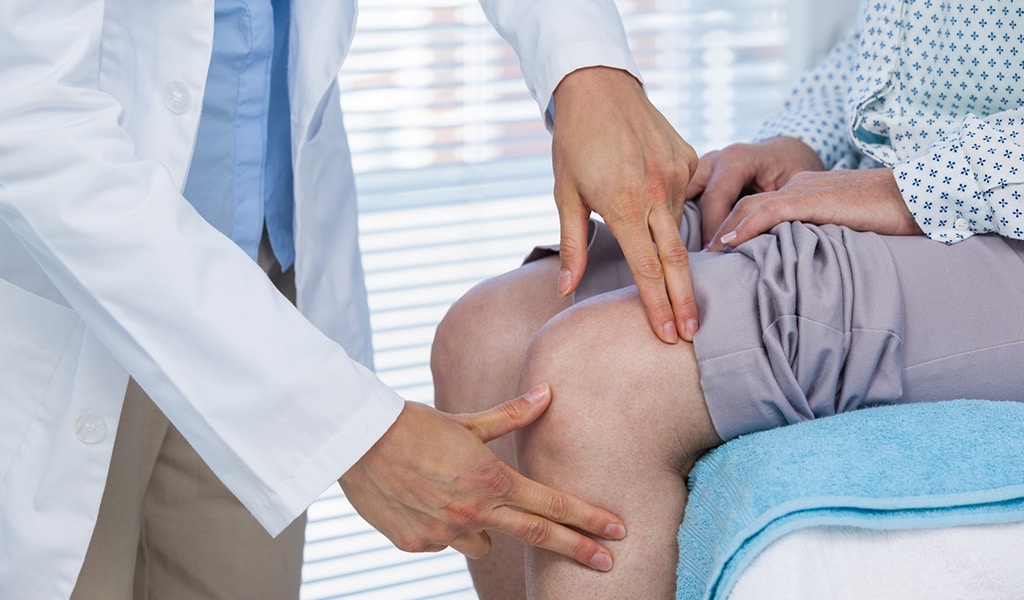
Though there are many causes of chronic joint and knee pain, it often happens when your joint’s cartilage wears away over time or when you experience swelling or inflammation of the joints. Other common causes include:
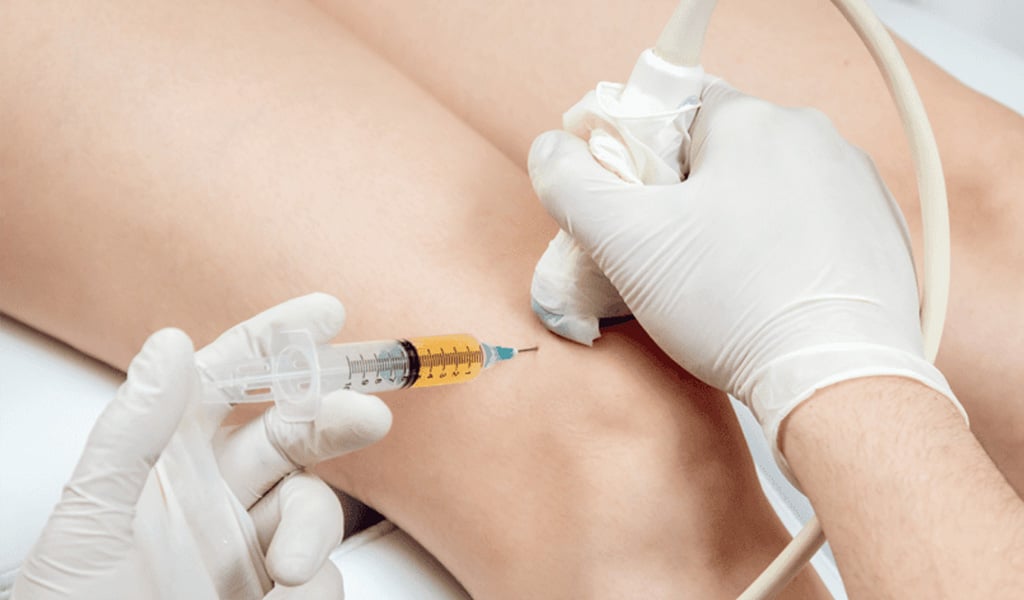
PRP treatment for joint pain works much as it does for hair restoration. During the process, proteins and growth factors in your blood boost joint performance and relieve inflammation. These treatments may be great for adults suffering from joint pain and have been shown to repair painful injuries like torn tendons and ligaments. PRP therapy may also treat conditions like arthritis, which is common for older adults and may cause joint discomfort and stiffness. Whether you’re an athlete or an average person, PRP treatments may be just what you need to live a rich life free of knee and joint pain.
PRP therapy sessions for joint pain don’t last long but can vary in time depending on how many areas need treatment. Your doctor may recommend a series of treatments over several months for the longest-lasting relief.
If you’re looking for a state-of-the-art facility and a full team of specialists to help reclaim your wellbeing, contact Denville Medical today. Our doctors and therapists lead the region in advanced therapies of the future, like PRP treatment for hair loss and joint pain. By requesting your free consultation today, you’re taking the steps toward a healthier, happier life tomorrow.
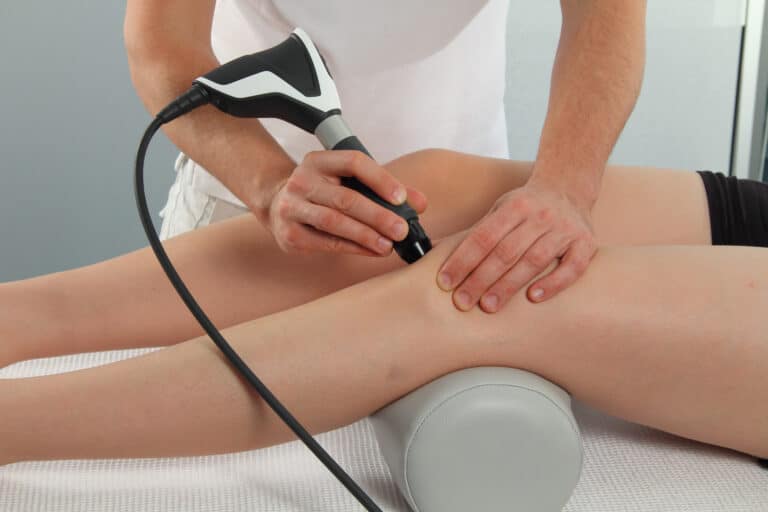
Epat Therapy
EPAT therapy is a highly effective treatment method which uses high-energy sound waves to target painful areas of the body.
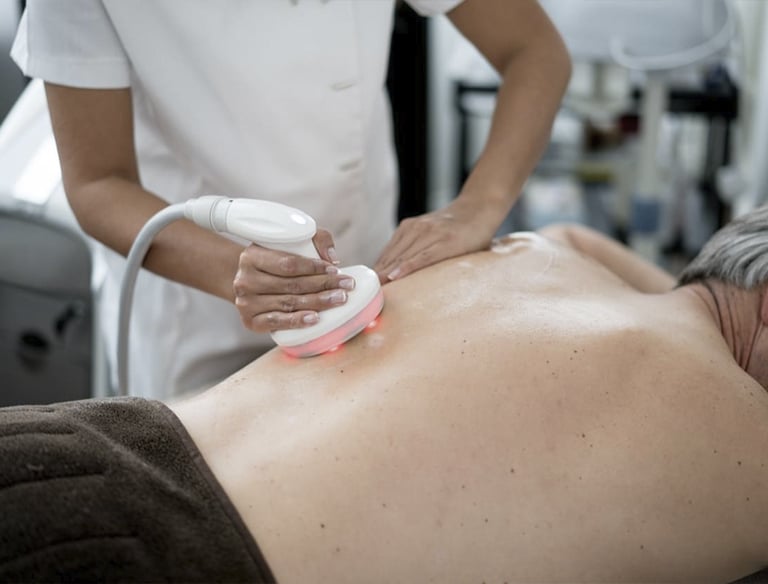
Cold Laser Therapy
Cold Laser Therapy uses red light energy to repair tissue, reduce inflammation and significantly reduce pain. The process of which the red light energy is used is known as photobiomodulation.
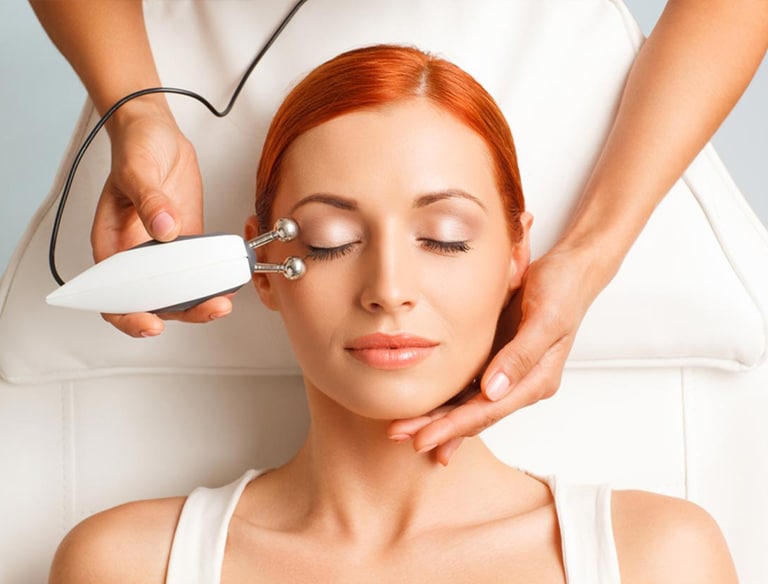
RADIO PULSE FREQUENCY THERAPY
Used to treat pain from damaged or irritated nerves. This therapy creates a controlled electrical field around an electrode, normally the shape and size of a needle, which is then placed through the skin to a nerve, blocking the pain signals.
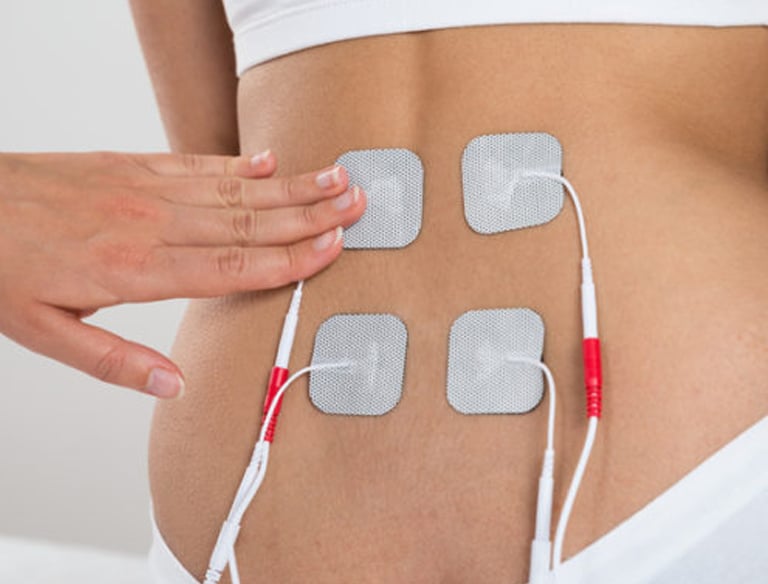
ELECTRIC STIM
Decrease pain, Decrease muscle spasm, Decrease swelling.
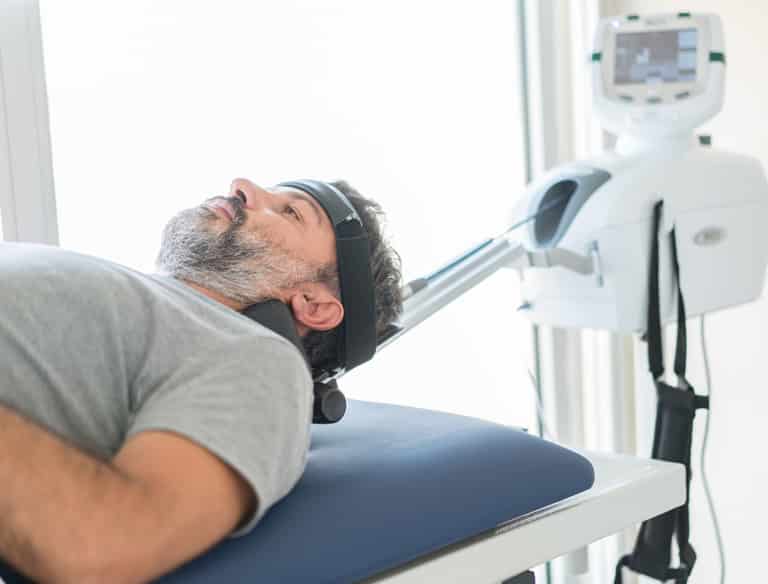
SPINAL TRACTION
Used to treat sciatica, herniated discs, pinched nerves, Spinal traction is a form of decompression therapy that relieves pressure on the spine.
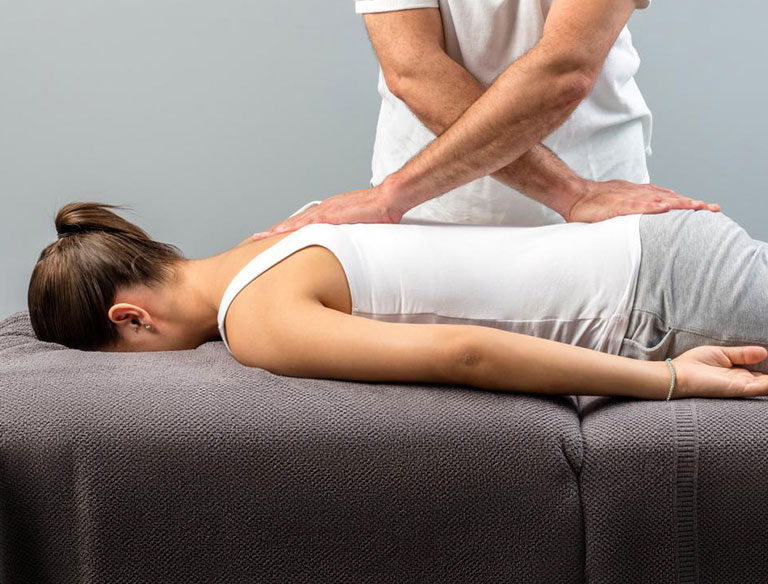
SPINAL DECOMPRESSION
Therapy used to reduce back and/or leg pain. It stretches and relaxes the spine intermittently in a controlled manner.
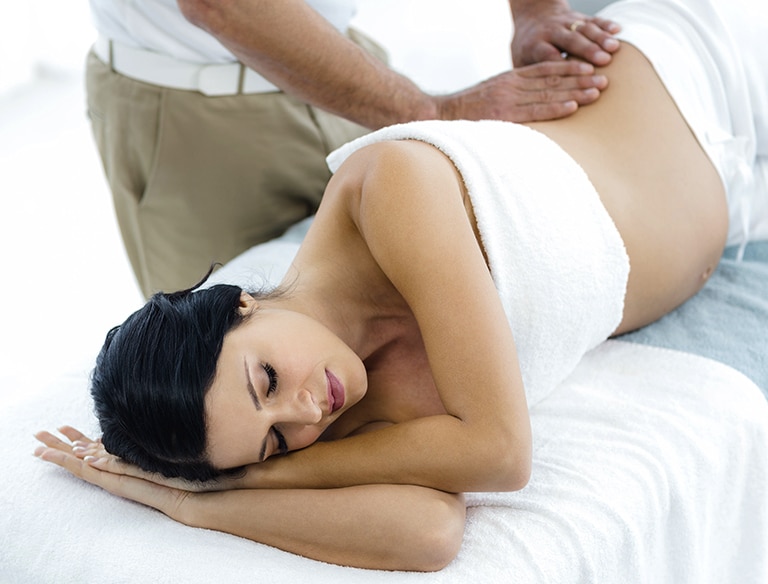
SPINAL MANIPULATION
Used to reduce back pain and improve physical functioning. During spinal manipulation, a hand or object is used to apply force to a joint of the spine.
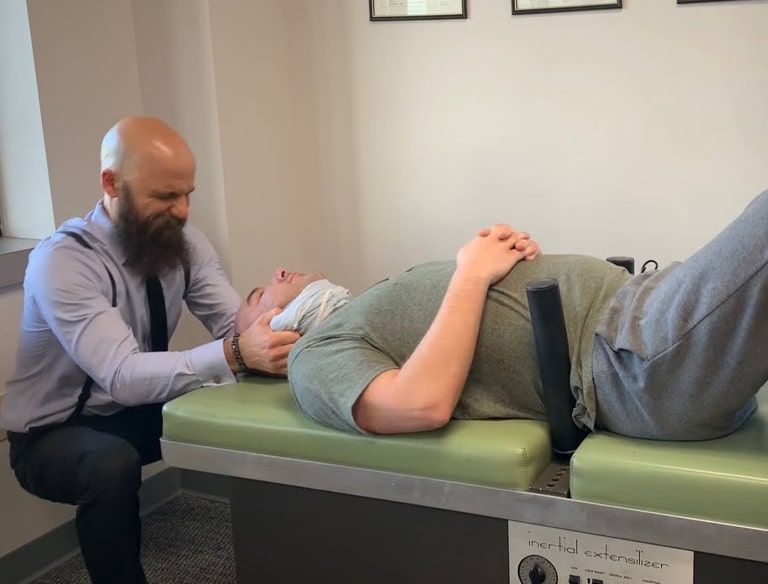
INTERSEGMENTAL TRACTION
Increase spinal mobility, Stretches scar tissue, Increase circulation, Spinal Decompression.
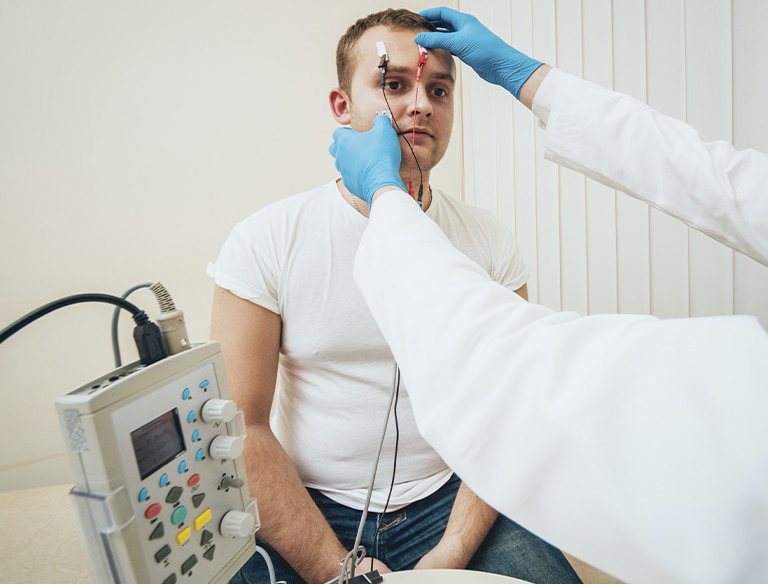
NEUROMUSCULAR RE-EDUCATION
Refers to techniques used to improve balance, coordination, posture, and the sense of the relative position of neighboring parts of the body and the amount of effort being employed in movement. These can be used to help people who have experienced fractures or muscle tears or people with degenerative conditions.
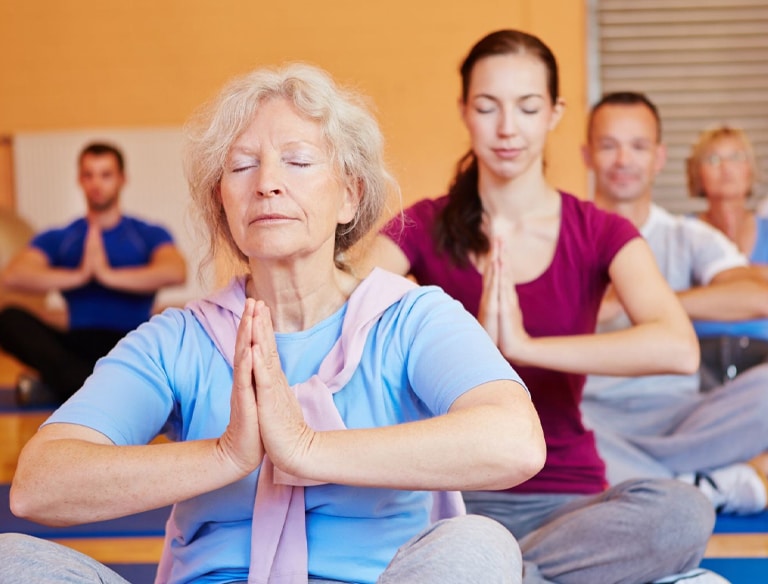
TECHNIQUES
○ Graston Technique
○ Diversified Technique
○ Activator Technique
○ Carver Technique
○ SOT Technique
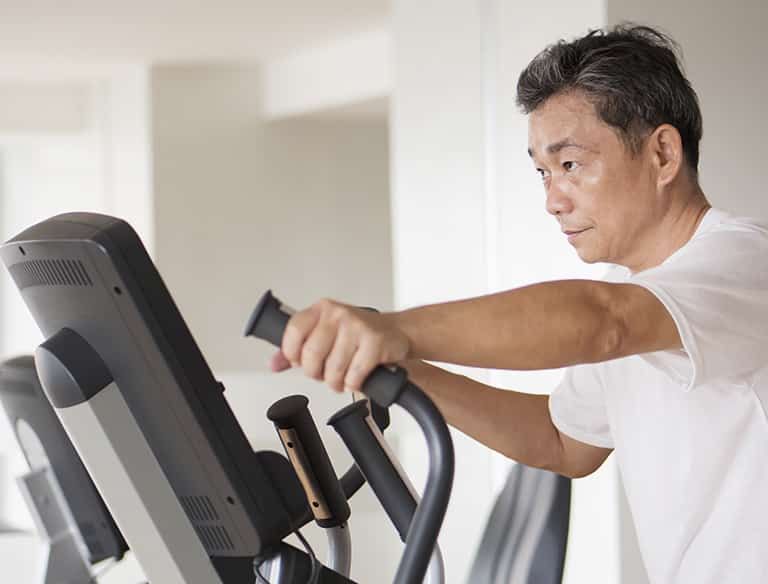
ISOKINETIC EXERCISE
Rationale: Rule out or confirm muscle weakness and establish baseline from muscle or nerve injury, Monitor treatment progress, maximize improvement or permanent impairment.
Treatment: Exercises, Muscle/Nerve rehab and retraining, Severe sprain may require referral
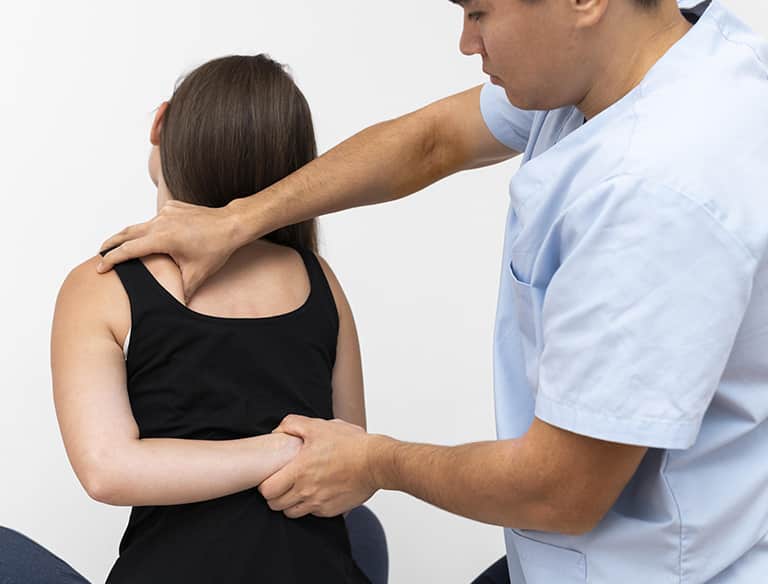
THERAPEUTIC EXERCISE
Therapeutic exercises are prescribed to correct an impairment, improve musculoskeletal function, or maintain a state of well-being. They have many goals such as improving circulation, coordination and balance.
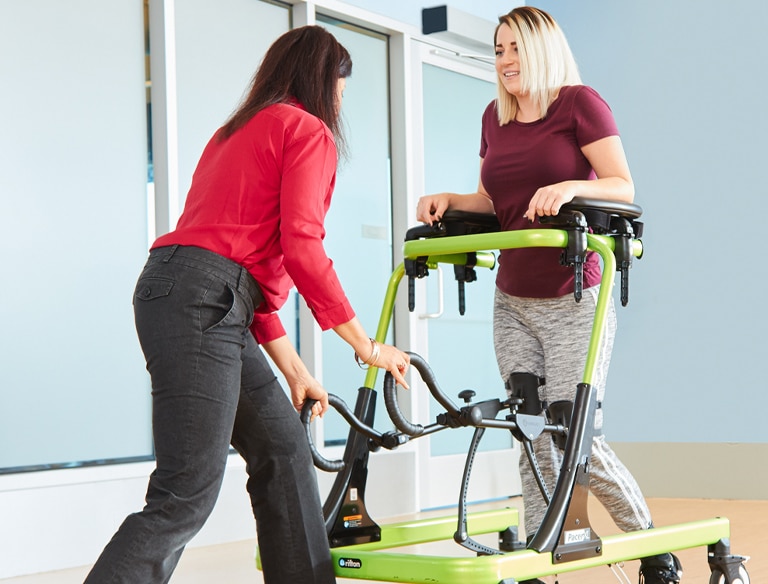
GAIT TRAINING
Corrects walking impairments, Decreases reoccurrence, Improves biomechanics
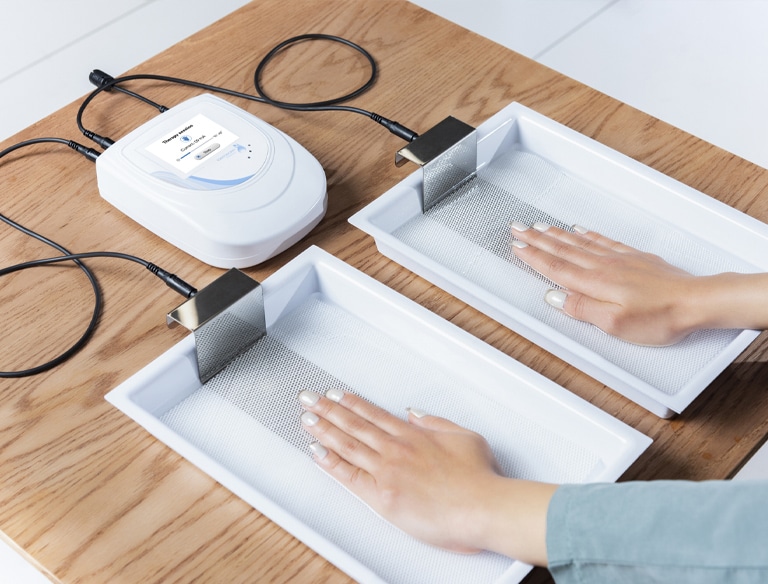
IONTOPHORESIS
Medication used with electrical stimulation for pain relief of soft tissue injuries, Decrease swelling.
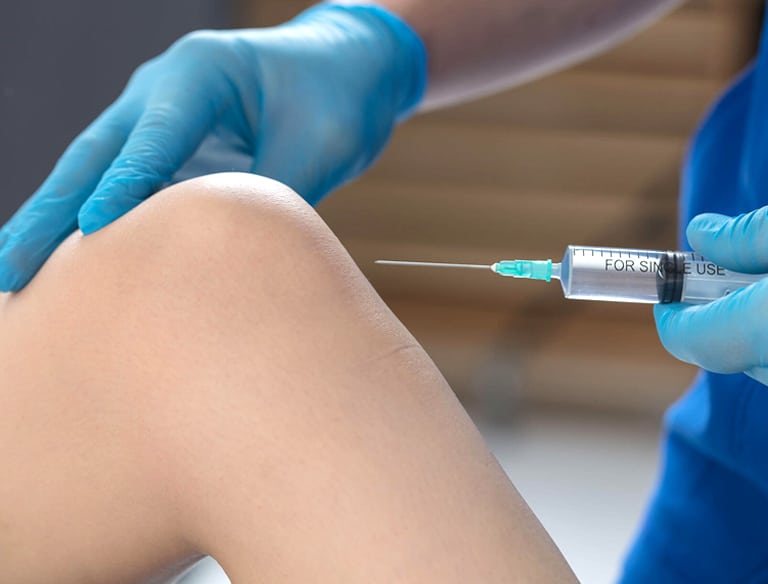
GEL INJECTIONS
Gel injections are commonly known as hyaluronate (HA) injections. Its purpose is to mimic the synovial fluid of the knee. Synovial fluid, also known as joint fluid, provides a cushion between bones to reduce friction in the joints and serves as a shock absorber for weight and impact.
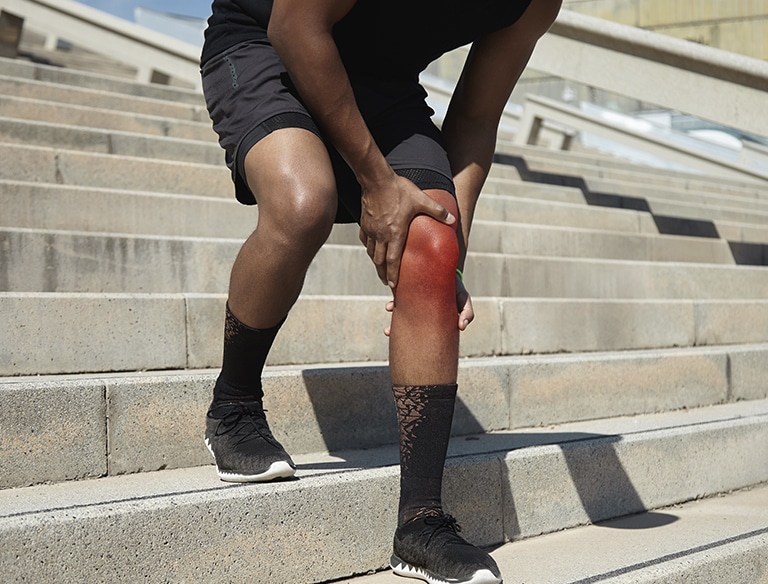
TRAUMEEL
Traumeel is composed of all natural ingredients and is used to temporarily relieve joint and muscle pain.
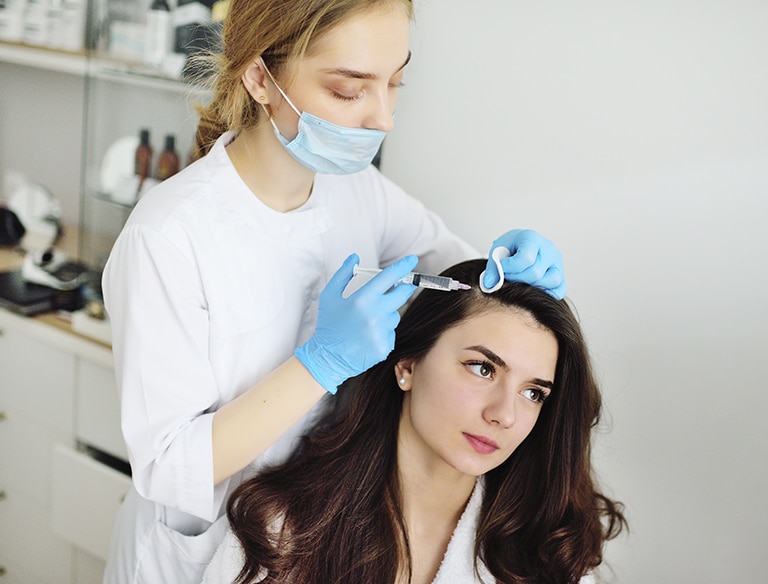
PRP
PRP is a blood plasma with a higher concentration of platelets, which contain proteins that initiate the healing of connective tissues, than is generally found in blood. PRP therapy is used to treat sports injuries that involve damaged tendons or ligaments.